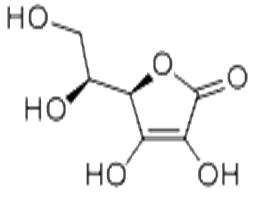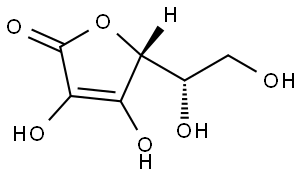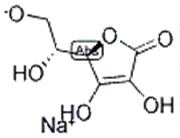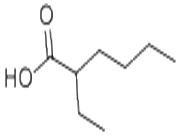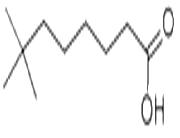L(+)-Ascorbic acid
$7300.00 3000KG
$7400.00 1000KG
- Min. Order1000KG
- Purity98%
- Cas No50-81-7
- Supply Ability1000
- Update time2019-07-06

career henan chemical co
VIP8Y
 China
China
Enterprise Verified
Business Bank account
Basic Contact Infomation
Business Address
Trade Company



Chemical Properties
| Product Name | L(+)-Ascorbic acid |
| CAS No | 50-81-7 |
| EC-No | 200-066-2 |
| Min. Order | 1000KG |
| Purity | 98% |
| Supply Ability | 1000 |
| Release date | 2019/07/06 |
